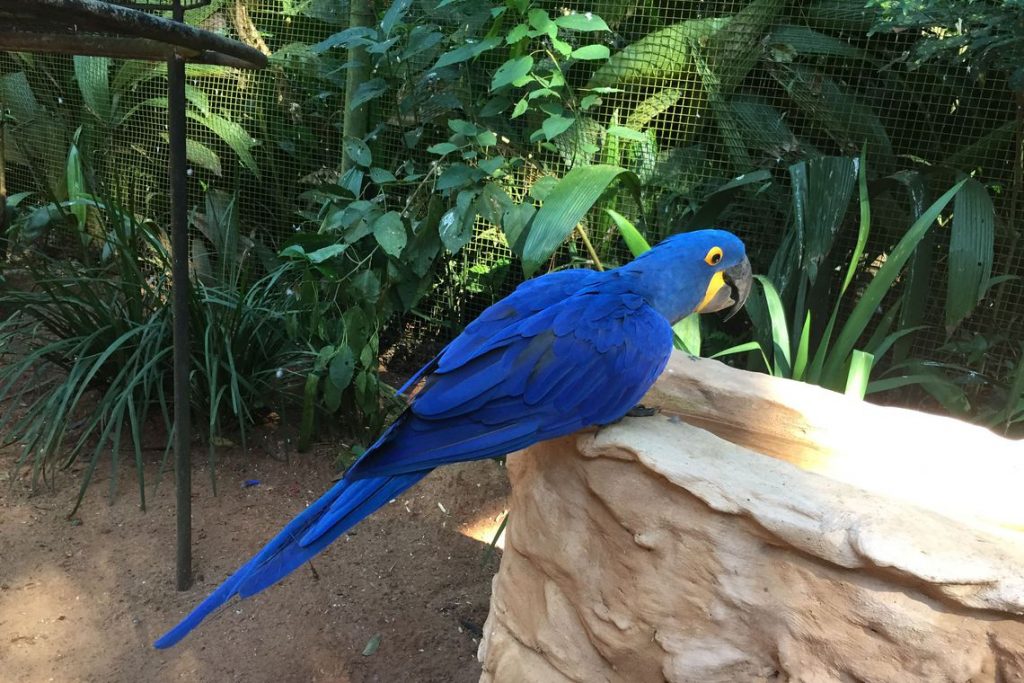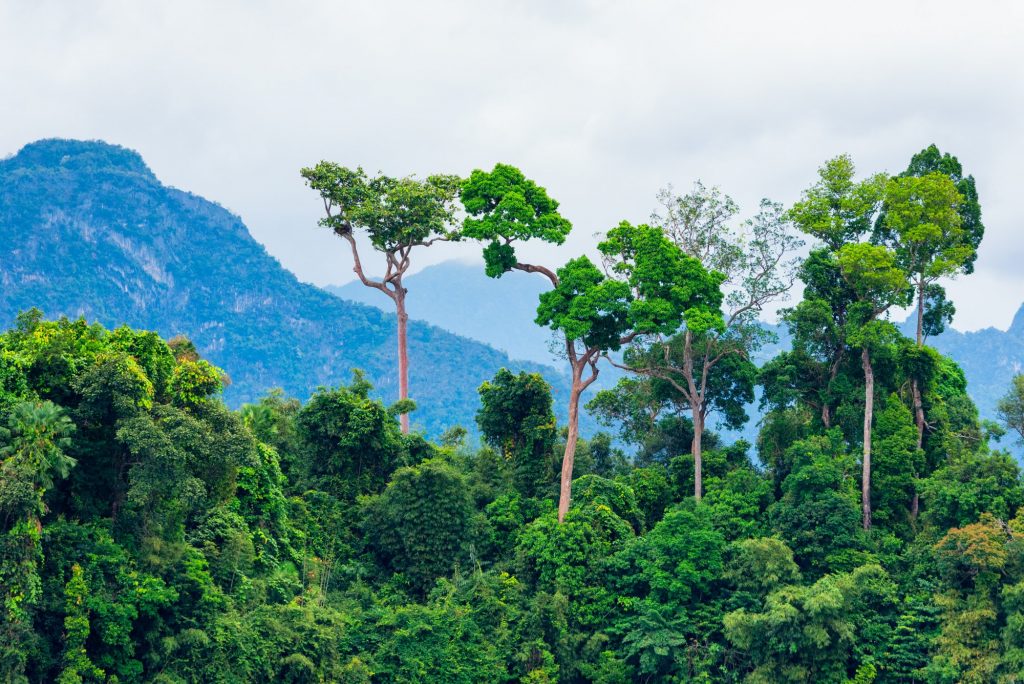RIO DE JANEIRO, BRAZIL – Deforestation, poaching, disease and climate change. For wildlife living in the world’s forests, the last five decades have represented a massacre. According to a report published by the environmental non-governmental organization (NGO) World Wildlife Fund (WWF), the population of wild animals has decreased by half since 1970.

The study analyzed 455 populations of 268 species of mammals, reptiles, amphibians, and birds that live in forests and found that there was a 53 percent decline in the number of vertebrates between 1970 and 2014. WWF points out that the situation is particularly critical in the Amazon and other rainforests. The study further analyzed populations of temperate, boreal, and Mediterranean forests.
According to the NGO, 60 percent of losses are related to deforestation and drastic deterioration of animal populations’ habitat. The text also points out that hunting, the introduction of invasive species, the spread of diseases, and climate change have contributed to the situation, too.
In the case of Brazil, the WWF mentions logging as the main cause of the decline in the animal population, but fires have also had long-lasting effects on several species.
Temperate forests
In tropical forests such as the Amazon, the average population loss of studied species surpassed the increase in all groups combined. In temperate forests, the population growth of some species, particularly birds, helped to reverse the negative trend in the mean of all populations.

Still, according to WWF, population decline in amphibians and reptiles has been particularly severe, while bird populations have recorded a greater number of positive growth years than of decline.
The study also provides several examples of how the population of some species may be restored. The increase in gorilla populations in Central and Eastern Africa, as a result of protective measures, and of monkeys in Costa Rica, are among the most optimistic cases mentioned by WWF.
In the case of Costa Rica, the trend towards increased protection and regeneration of the rainforest is positive, according to WWF. However, the NGO cautions that while forests are capable of retrieving their vegetation more rapidly, the vertebrate populations inhabiting these forests may need many decades to fully rebuild.
Finally, WWF notes that forests are essential if global biodiversity conservation goals are to be achieved, to fight climate change, and to promote sustainable development.
“Forests are important carbon deposits, and tropical forests are some of the most biodiverse habitats in the world, containing more than half the world’s terrestrial species. Forests also provide other vital ecosystem benefits, including food, medicines, materials, water purification, erosion control, and nutrient recycling. And more than one billion people depend on forests for their livelihoods,” the study concludes.

